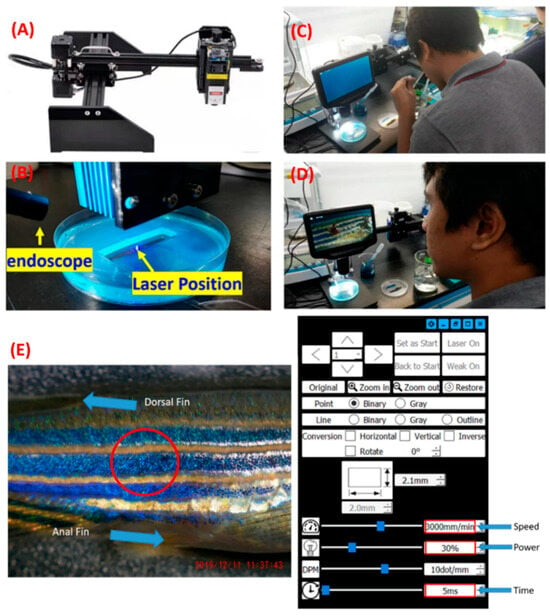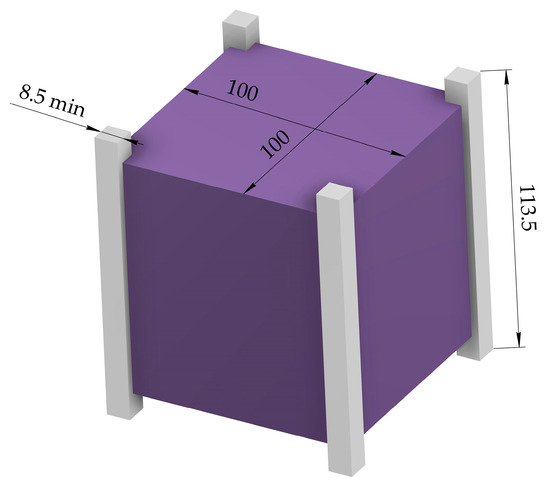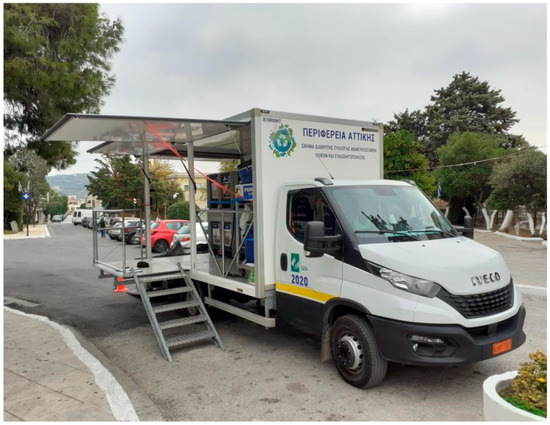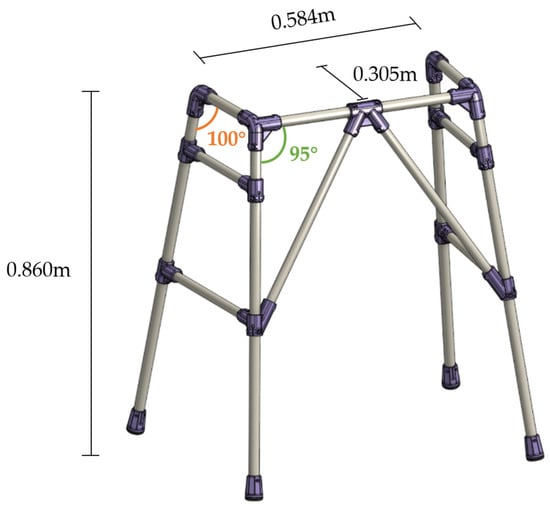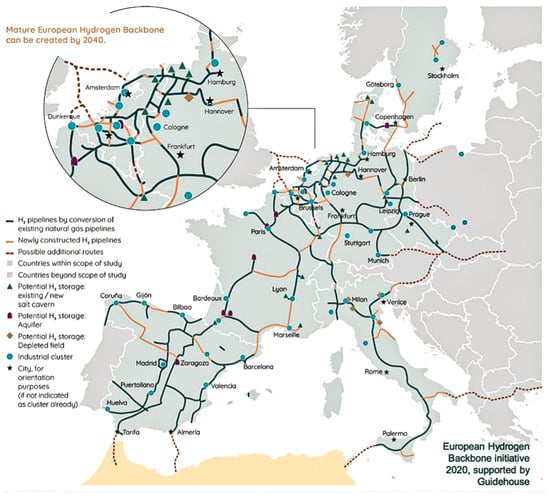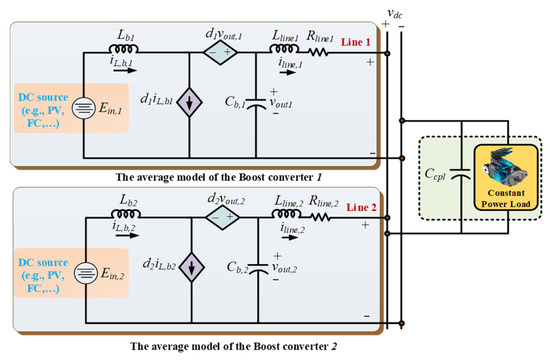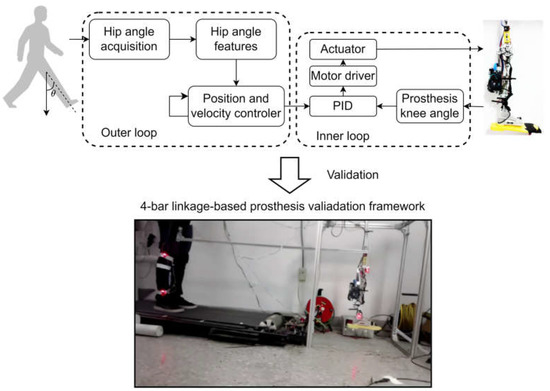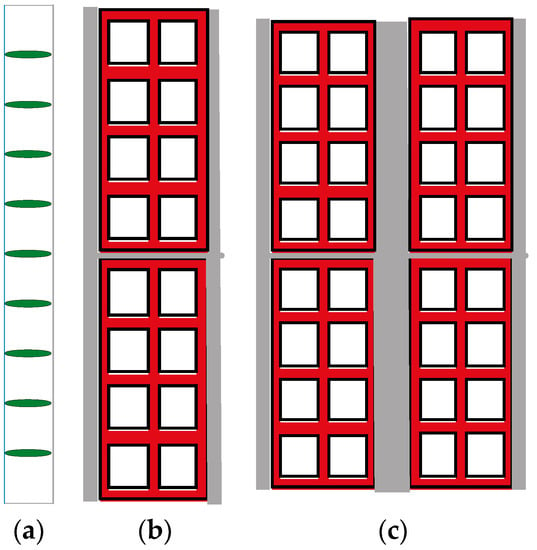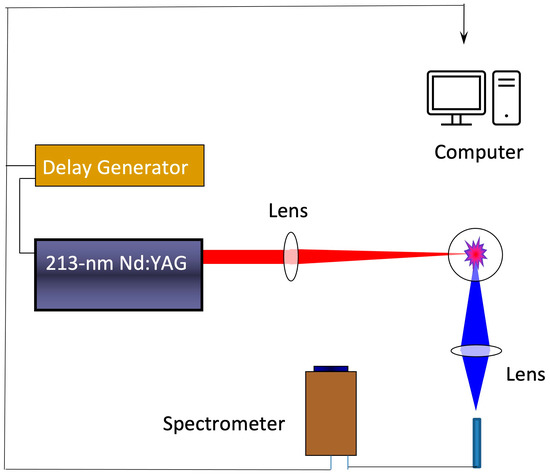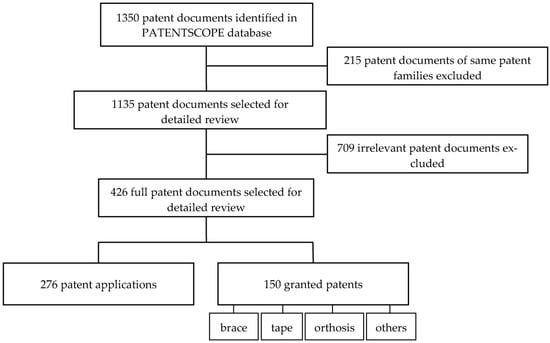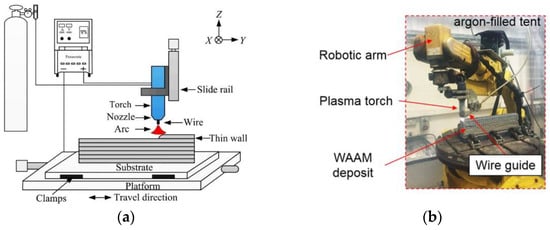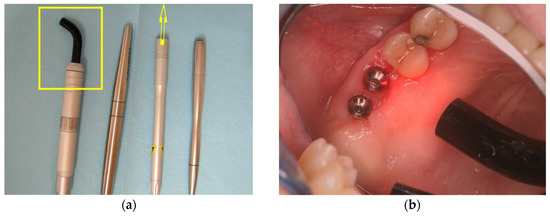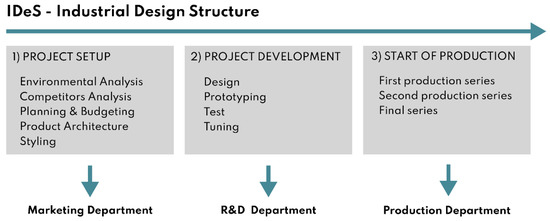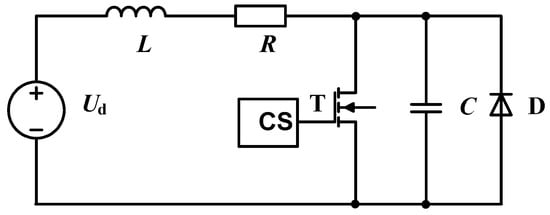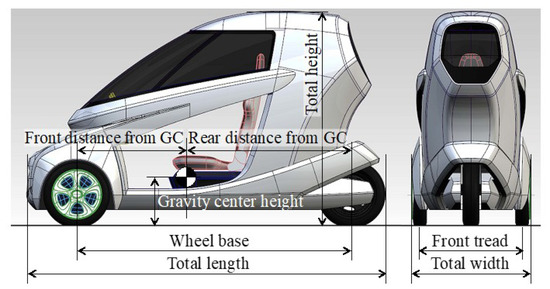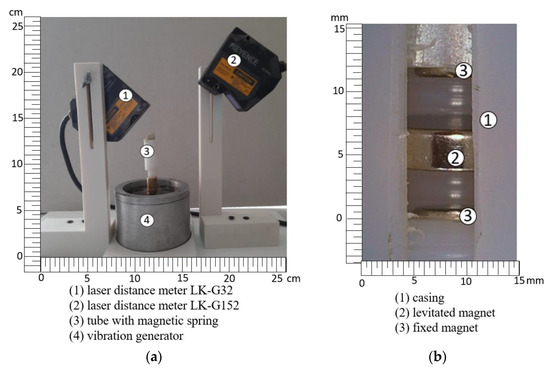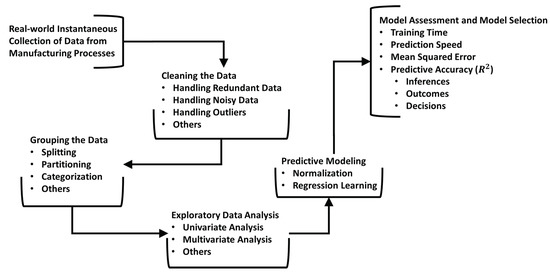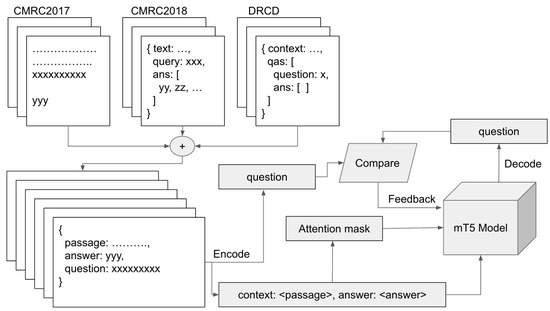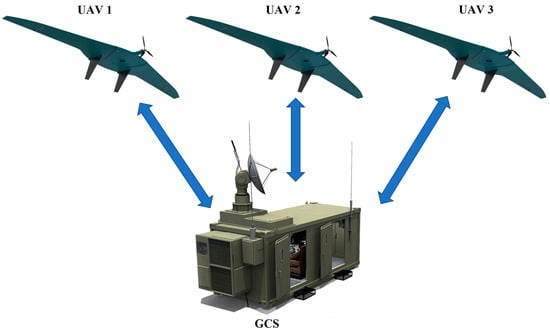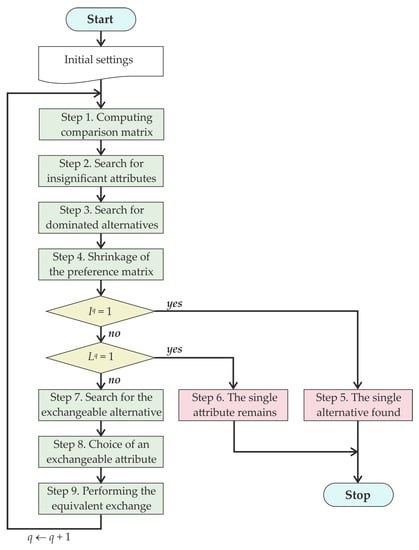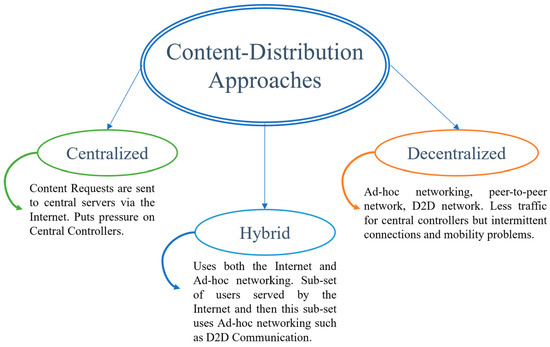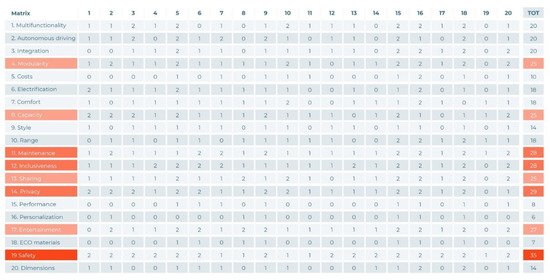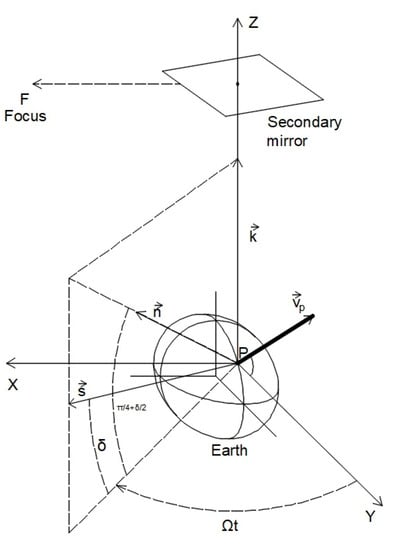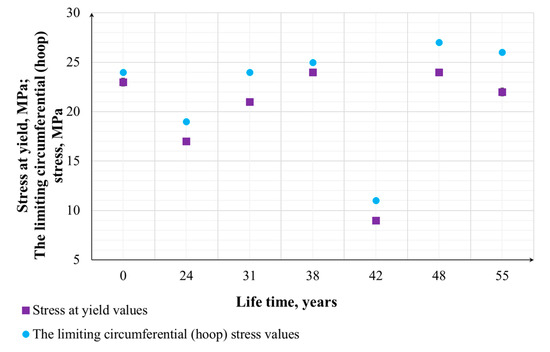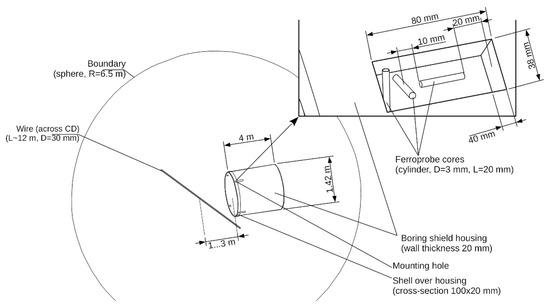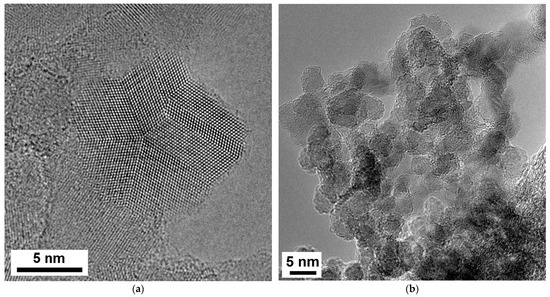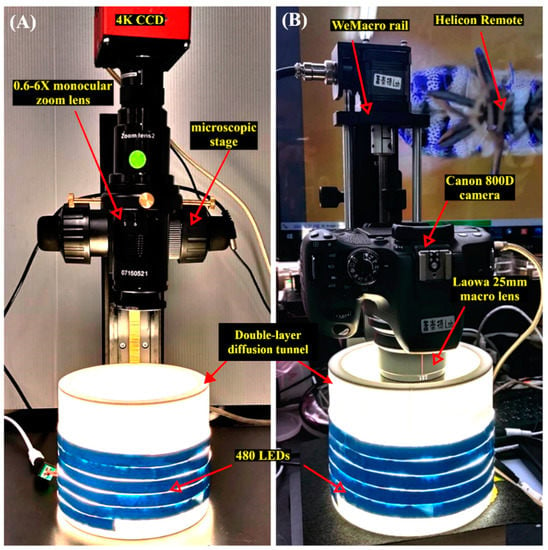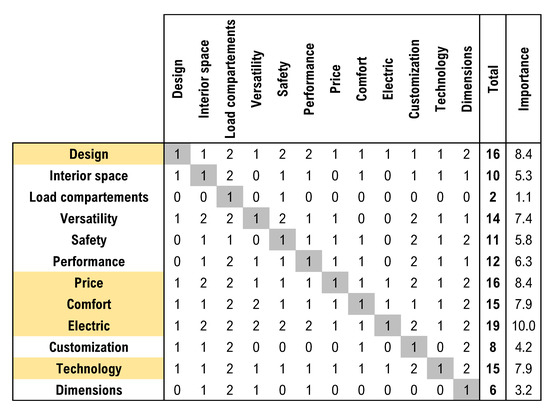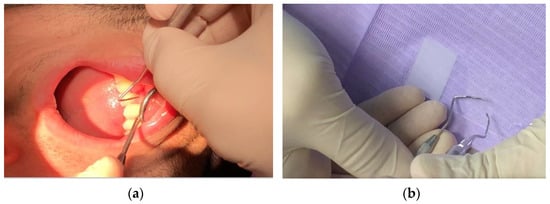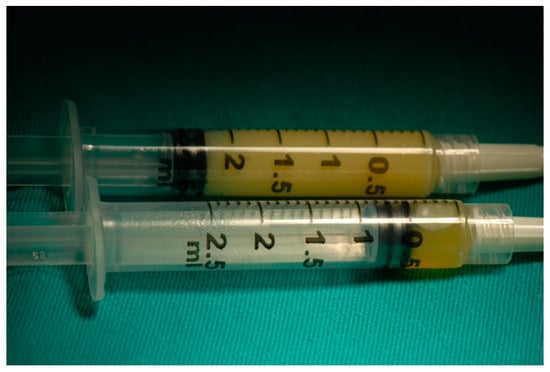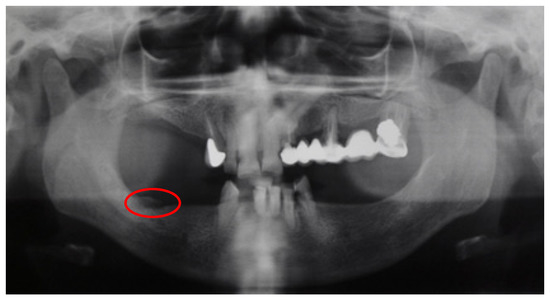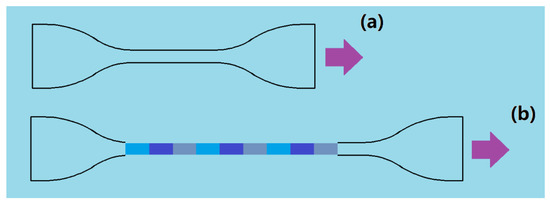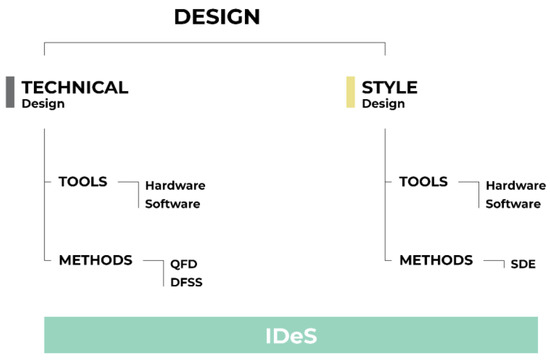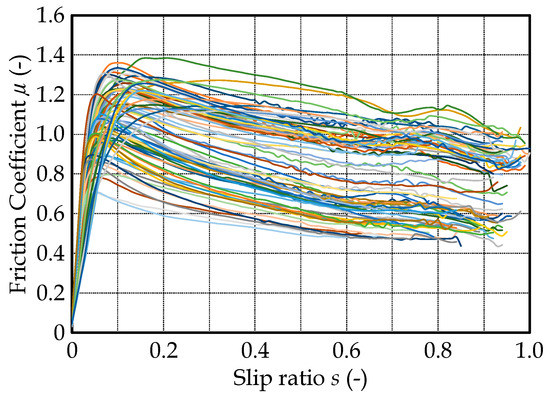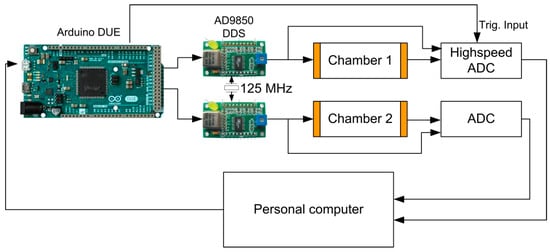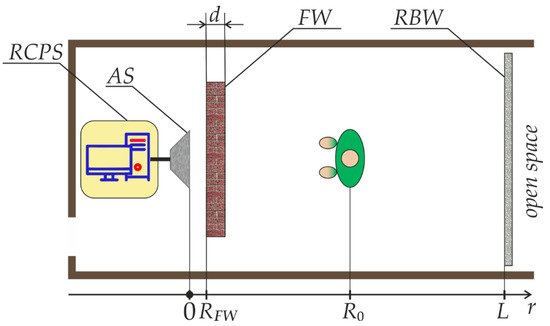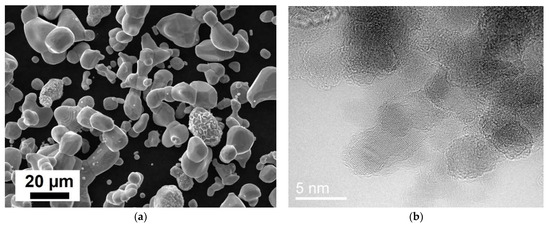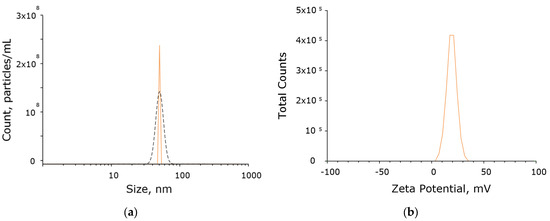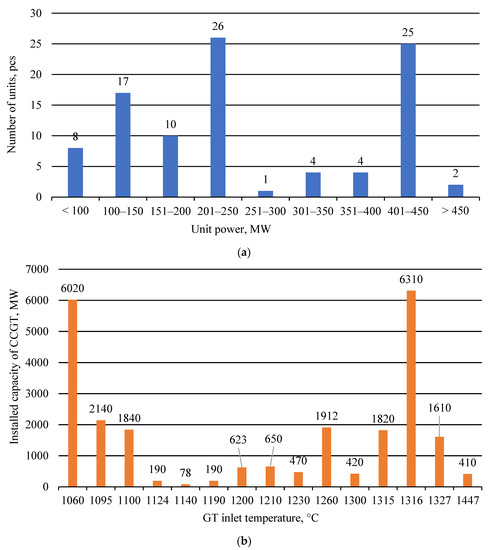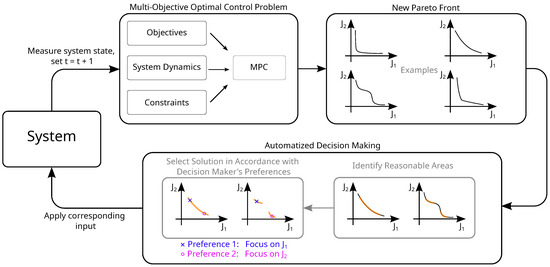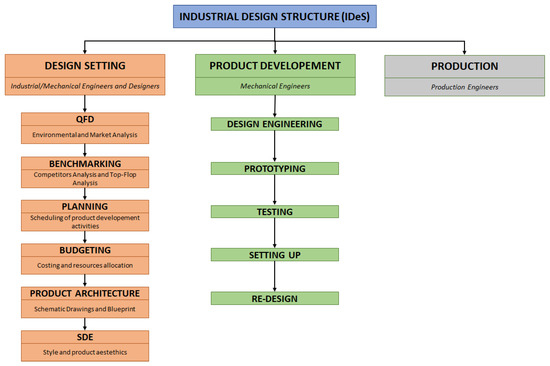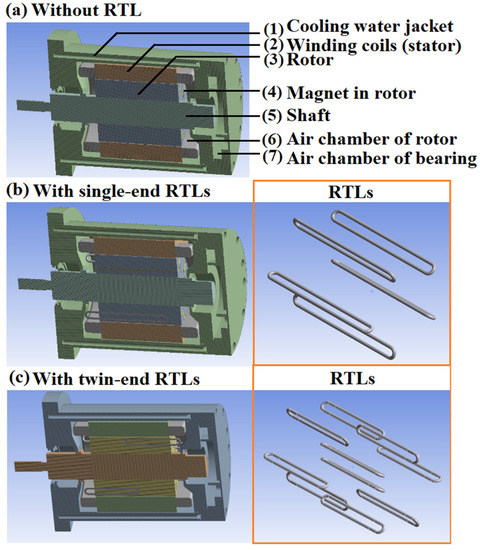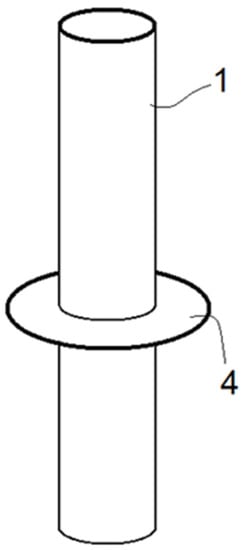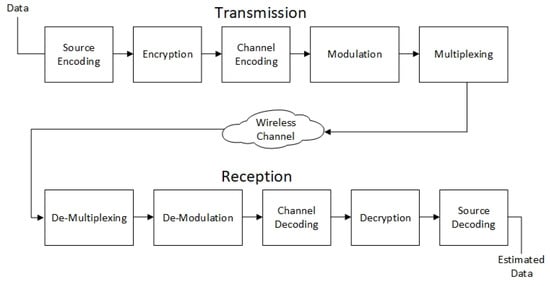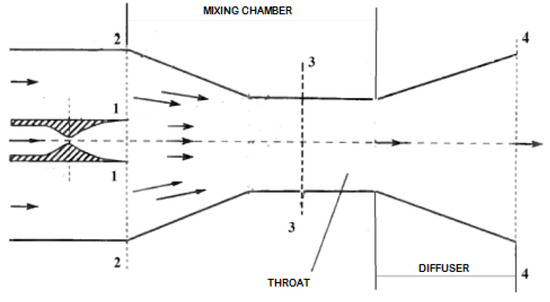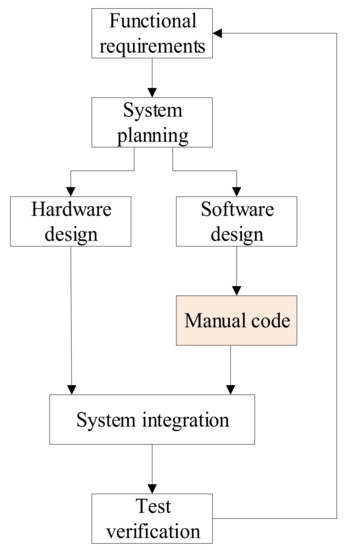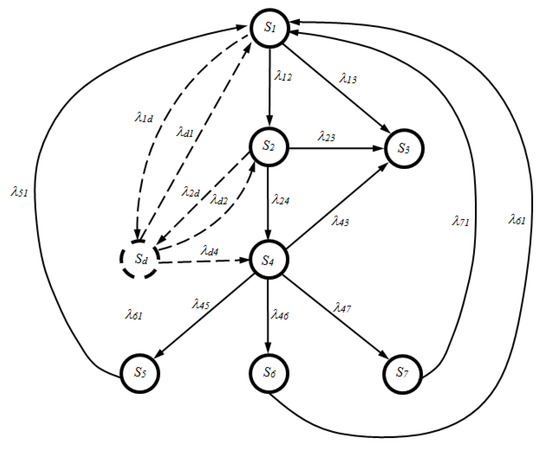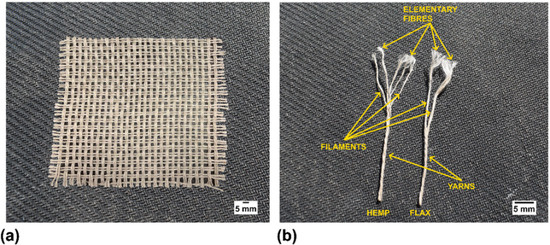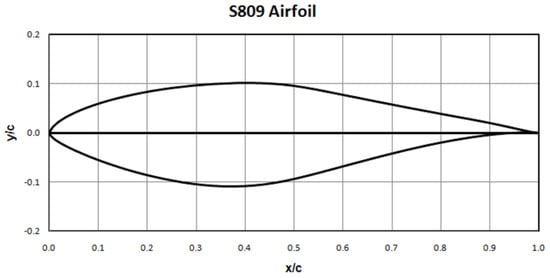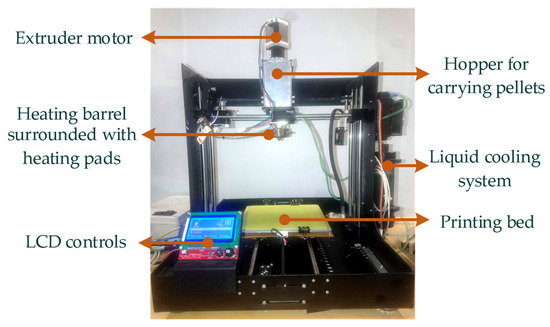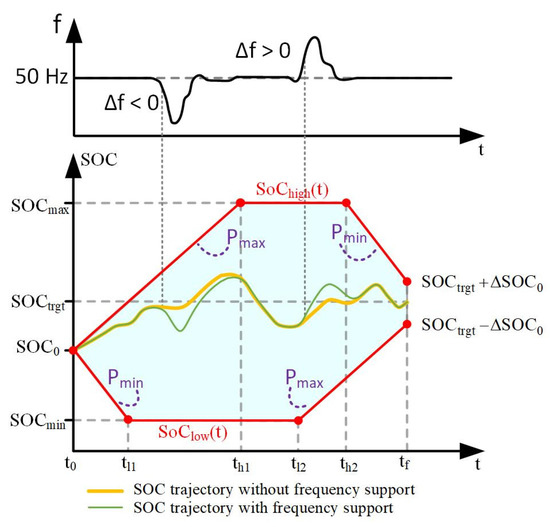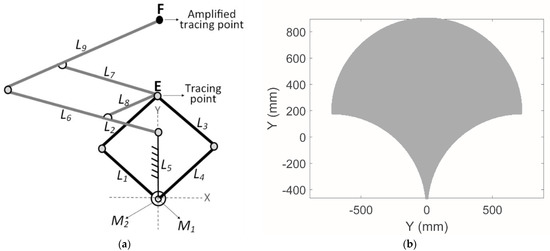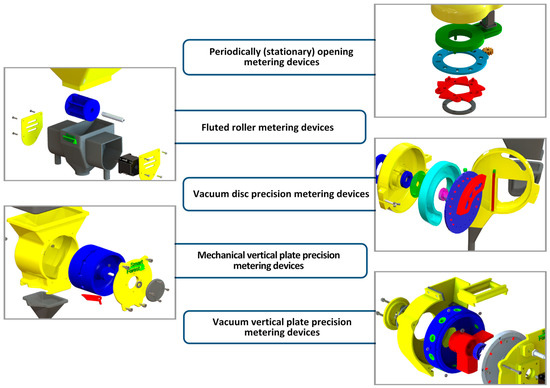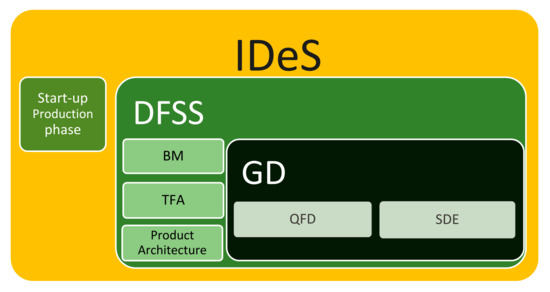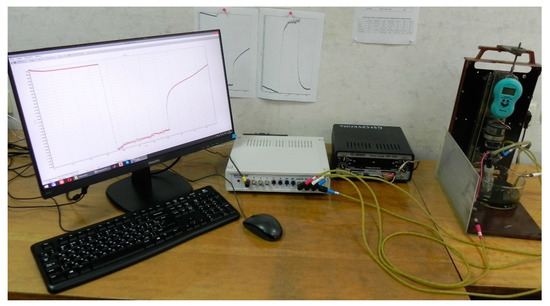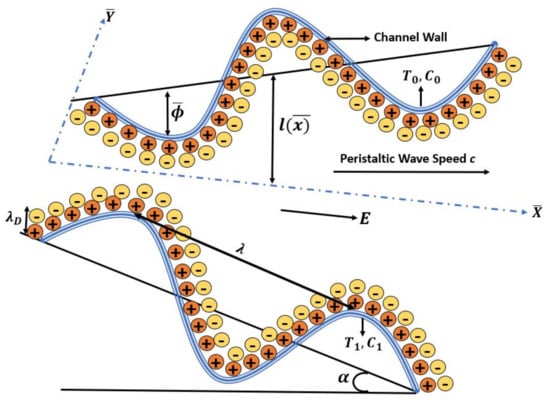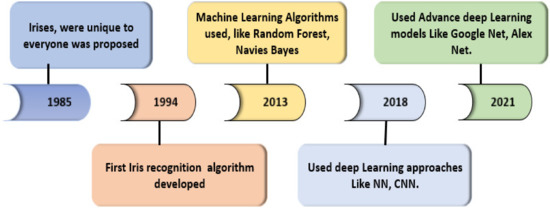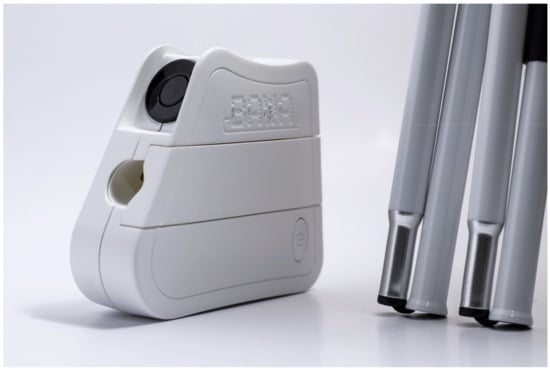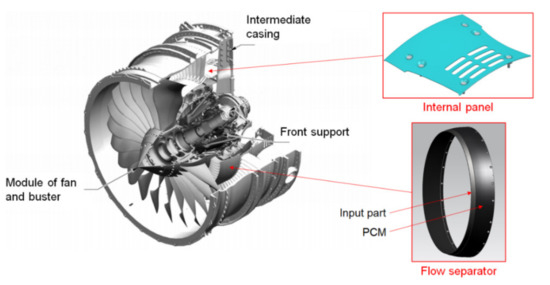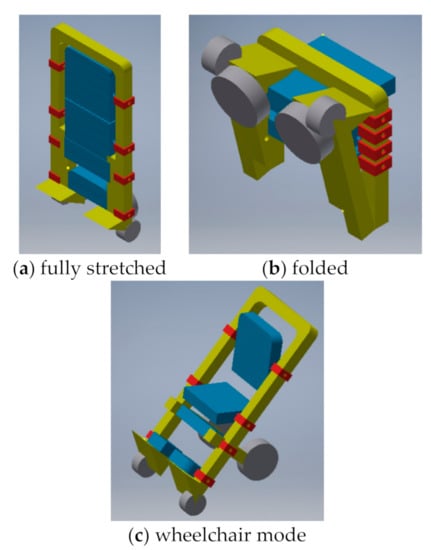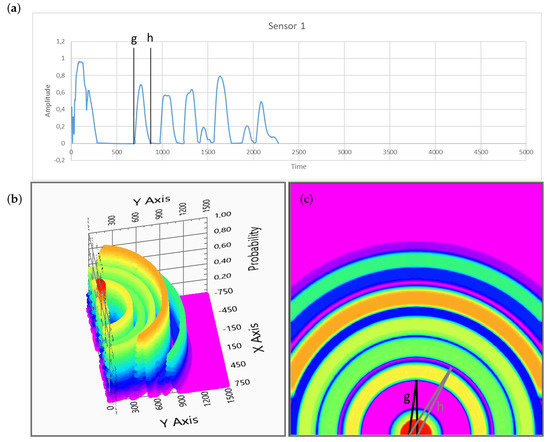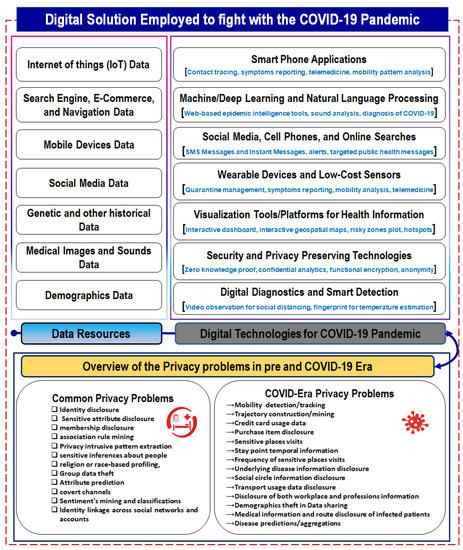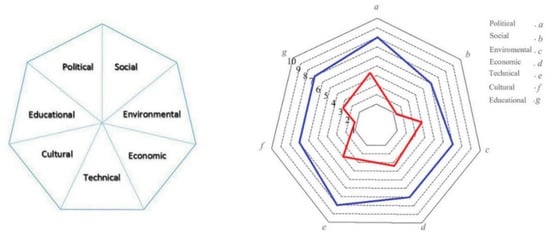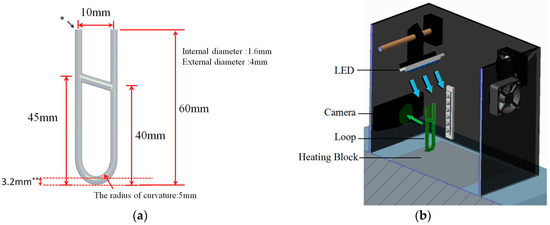Feature Innovation Papers (Closed)
A topical collection in Inventions (ISSN 2411-5134).
Viewed by 356009Editor
Interests: high precision instrument design; laser engineering; smart sensors and actuators; optical device; optical measurement; metrology
Special Issues, Collections and Topics in MDPI journals
Topical Collection Information
Dear Colleagues,
This is a collection of top quality papers from the editorial board members, or those who have been invited by the editorial office and the Editor-in-Chief. The topics include:
- New innovation ideas
- New innovation technologies
- New innovation products
The papers should be research papers (or review papers) with the detailed description and verification of the author’s own work.
Prof. Dr. Chien-Hung Liu
Guest Editor
Manuscript Submission Information
Manuscripts should be submitted online at www.mdpi.com by registering and logging in to this website. Once you are registered, click here to go to the submission form. Manuscripts can be submitted until the deadline. All submissions that pass pre-check are peer-reviewed. Accepted papers will be published continuously in the journal (as soon as accepted) and will be listed together on the collection website. Research articles, review articles as well as short communications are invited. For planned papers, a title and short abstract (about 100 words) can be sent to the Editorial Office for announcement on this website.
Submitted manuscripts should not have been published previously, nor be under consideration for publication elsewhere (except conference proceedings papers). All manuscripts are thoroughly refereed through a single-blind peer-review process. A guide for authors and other relevant information for submission of manuscripts is available on the Instructions for Authors page. Inventions is an international peer-reviewed open access semimonthly journal published by MDPI.
Please visit the Instructions for Authors page before submitting a manuscript. The Article Processing Charge (APC) for publication in this open access journal is 1800 CHF (Swiss Francs). Submitted papers should be well formatted and use good English. Authors may use MDPI's English editing service prior to publication or during author revisions.
Keywords
- innovation idea
- innovation technology
- innovation product





